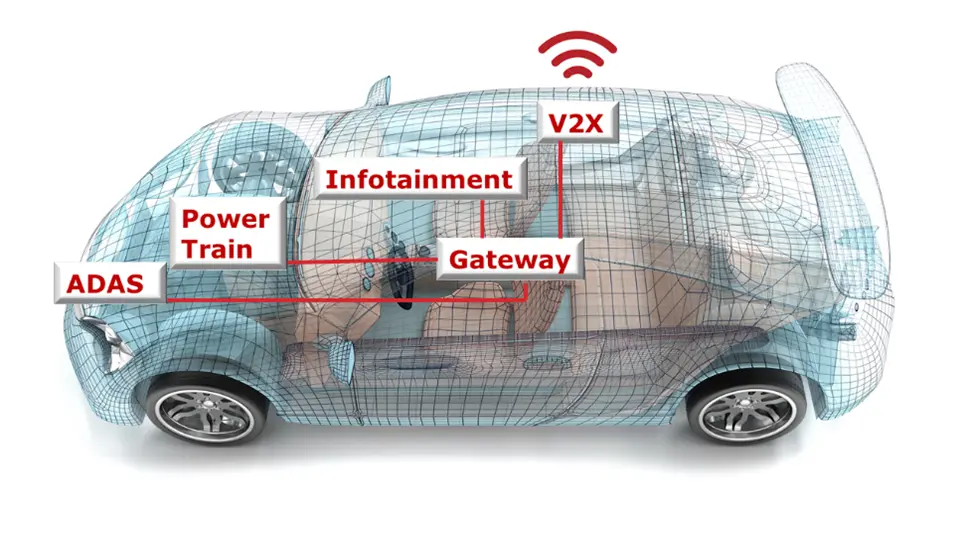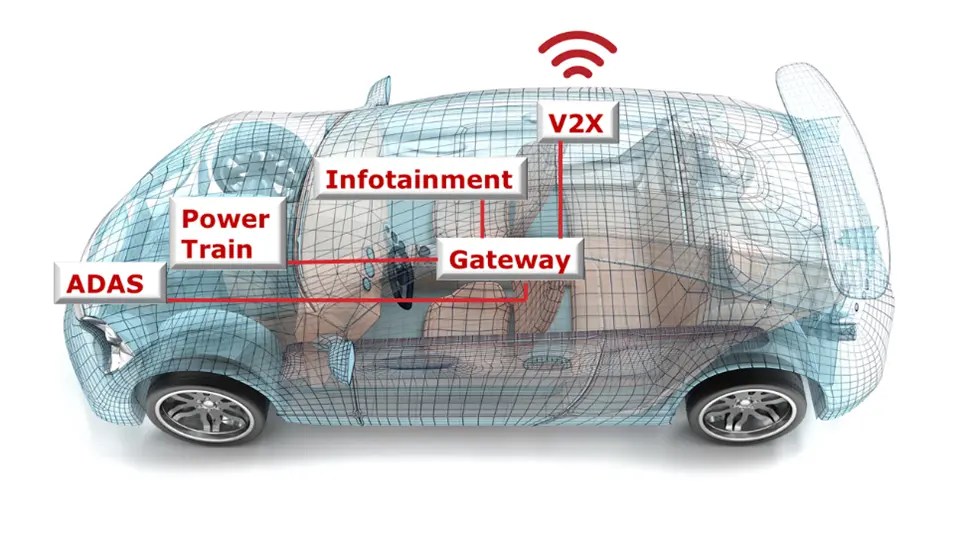The Hidden Security Risks Of Automotive Electronic Systems
The Internet of things (IoT) is driving new capabilities that are transforming how we live, work and play. However, as our lives become more connected, the risk from hackers and other security breaches increases with every new IoT device. While most of us are pretty well versed in why we need to keep our most trusted devices secure – such as cell phones and laptops – we often don’t think about the connected intelligence that is now powering our cars. The truth is, these systems are ripe for security breaches. Just look at the Telsa Model 3, which is one of the most intelligent cars on the market. Back in March 2019, hackers targeted this car’s infotainment system and by using a JIT bug in the renderer, they were able to take control of the system. Granted, this was part of a hacking event so it posed no risks to the owner, but it did expose a gaping hole in the security of automotive electronic systems. If autos are going to continue to become more intelligent and connected to the world’s growing IoT infrastructure, this weakness must be addressed and solved.
Applications are driving the need for more security and safety
Automobile electronic systems are steadily becoming more intelligent. As the figure below illustrates, advanced electronic functionality is being added throughout the vehicle such as ADAS, Gateway, Power Train, Infotainment, V2V, and V2X. These new capabilities are driving the need for increased security and safety, particularly around the flash memory that has become a key component of these systems. Flash memory has been around for decades and it has evolved to now serve the automotive market. The problem, however, is that current embedded flash solutions pose significant security risks because they are based on legacy technology and architectures that don’t have the proper certification to guarantee both security and safety.
In automotive systems, safety and security are fundamental requirements to guarantee a tolerable level of risk, as defined by the ISO 26262 standard. These risks are managed by car manufacturers and subsystem providers, but with an increasing complexity of vehicle electronics, the functional safety is now also the…



